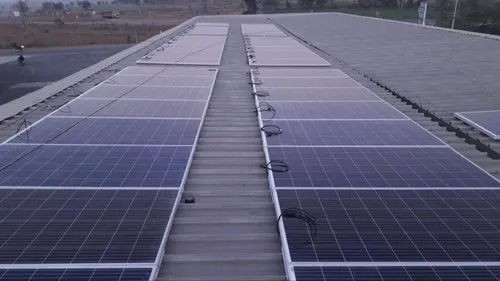Solar panels are typically installed at an angle to maximize their exposure to sunlight and optimize energy production. Horizontal installation, where the solar panels are laid flat, is generally not recommended for optimal performance. The angle of the solar panels is important because it allows them to capture the maximum of sunlight throughout the day especially during peak solar hours.

When solar panels are installed at an angle, they can better absorb sunlight, minimize the impact of shading, and allow for self-cleaning when it rains. This helps to optimize the energy generation and overall efficiency of the
solar panel system.
While it is technically possible to install solar panels horizontally, it is not advisable unless there are specific circumstances that require it, such as limited space or architectural restrictions. However, horizontal installation may result in reduced energy production compared to an angled installation, which could affect the overall performance and financial benefits of the solar panel system.
It's best to consult with a professional solar installer or engineer to assess your specific situation and determine the most appropriate angle for optimal solar panel performance in your location.


